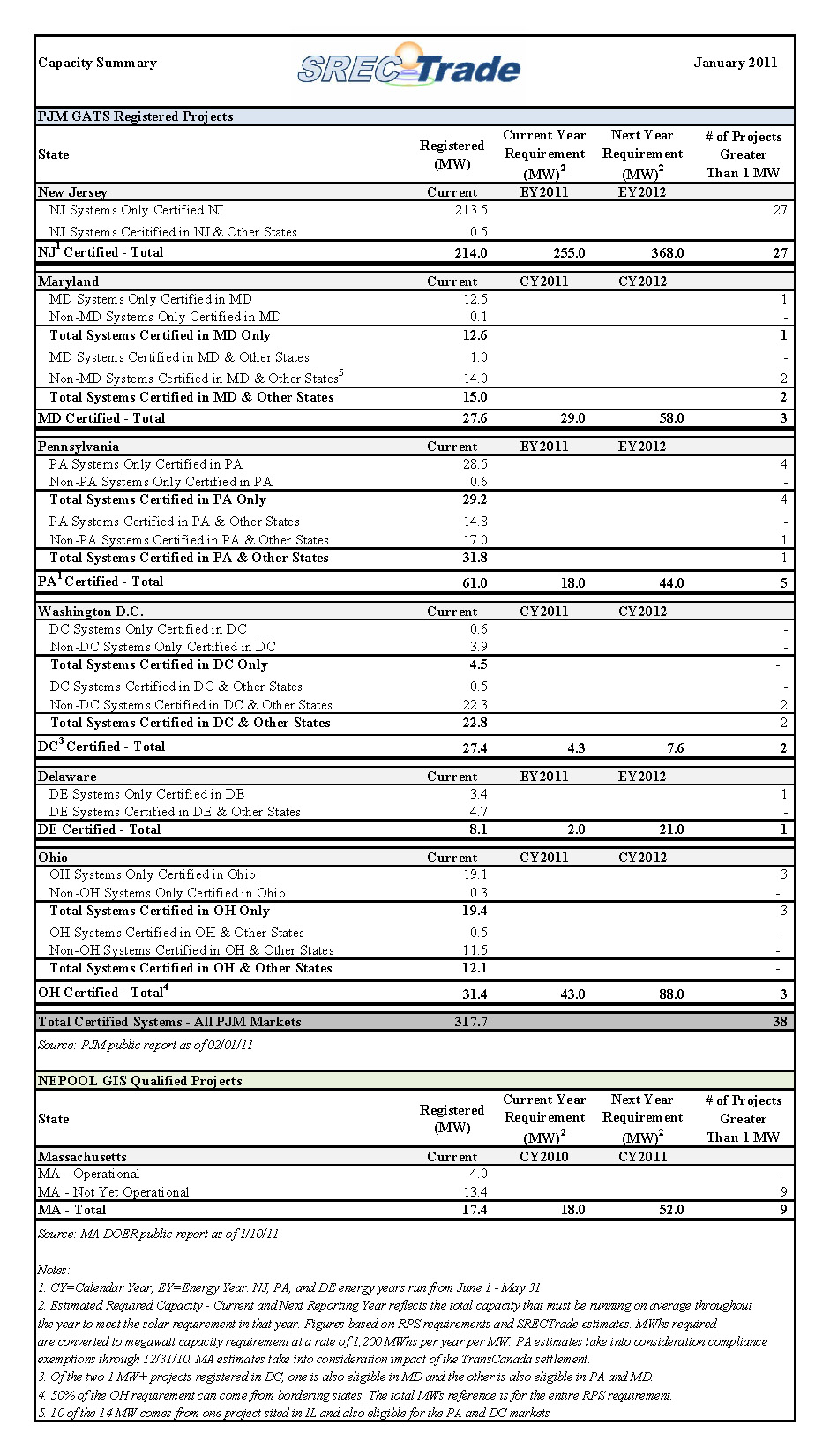On October 30th, Pennsylvania Governor Wolf signed into law Act No. 40 (see HB 118), a Comprehensive Opioid Package containing, among other items, language amending the state’s Alternative Energy Portfolio Standards (AEPS). Originating in February 2017, HB118 was revised several times before passage in the House and the Senate in late October.
Amendments to the AEPS require solar photovoltaic systems to satisfy one of the following in order to be eligible for participation in the AEPS solar carve-out (PA SREC) program:
“(I) DIRECTLY DELIVER THE ELECTRICITY IT GENERATES TO A RETAIL CUSTOMER OF AN ELECTRIC DISTRIBUTION COMPANY OR TO THE DISTRIBUTION SYSTEM OPERATED BY AN ELECTRIC DISTRIBUTION COMPANY OPERATING WITHIN THIS COMMONWEALTH AND CURRENTLY OBLIGATED TO MEET THE COMPLIANCE REQUIREMENTS CONTAINED UNDER THE “ALTERNATIVE ENERGY PORTFOLIO STANDARDS ACT.”
(II) BE DIRECTLY CONNECTED TO THE ELECTRIC SYSTEM OF AN ELECTRIC COOPERATIVE OR MUNICIPAL ELECTRIC SYSTEM OPERATING WITHIN THIS COMMONWEALTH.
(III) CONNECT DIRECTLY TO THE ELECTRIC TRANSMISSION SYSTEM AT A LOCATION THAT IS WITHIN THE SERVICE TERRITORY OF AN ELECTRIC DISTRIBUTION COMPANY OPERATING WITHIN THIS COMMONWEALTH.”
HB118 includes the following grandfathering language to protect certain systems already certified under the AEPS, but it is unclear how the Pennsylvania Public Utilities Commission (PUC) will interpret the language for certified but out-of-state generators.
(2) NOTHING UNDER THIS SECTION OR SECTION 4 OF THE “ALTERNATIVE ENERGY PORTFOLIO STANDARDS ACT” SHALL AFFECT ANY OF THE FOLLOWING:
(I) A CERTIFICATION ORIGINATING WITHIN THE GEOGRAPHICAL BOUNDARIES OF THIS COMMONWEALTH GRANTED PRIOR TO THE EFFECTIVE DATE OF THIS SECTION OF A SOLAR PHOTOVOLTAIC ENERGY GENERATOR AS A QUALIFYING ALTERNATIVE ENERGY SOURCE ELIGIBLE TO MEET THE SOLAR PHOTOVOLTAIC SHARE OF THIS COMMONWEALTH’S ALTERNATIVE ENERGY PORTFOLIO COMPLIANCE REQUIREMENTS UNDER THE “ALTERNATIVE ENERGY PORTFOLIO STANDARDS ACT.”
(II) CERTIFICATION OF A SOLAR PHOTOVOLTAIC SYSTEM WITH A BINDING WRITTEN CONTRACT FOR THE SALE AND PURCHASE OF ALTERNATIVE ENERGY CREDITS DERIVED FROM SOLAR PHOTOVOLTAIC ENERGY SOURCES ENTERED INTO PRIOR TO THE EFFECTIVE DATE OF THIS SECTION.
The revisions are effective as of the date of the Act (October 30, 2017). Accordingly, any new solar photovoltaic system seeking certification in the PA AEPS solar carve-out (SREC) program as of this date must meet the eligibility requirements above. The full text of the Act is available here.
SRECTrade will provide updates on the Act and on the PUC’s interpretation as soon as more information is made available.
Tweet





